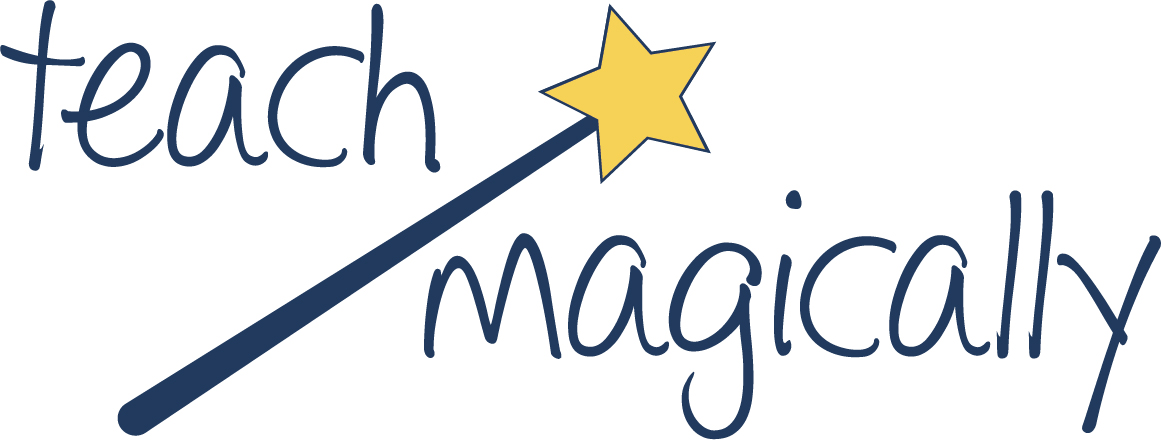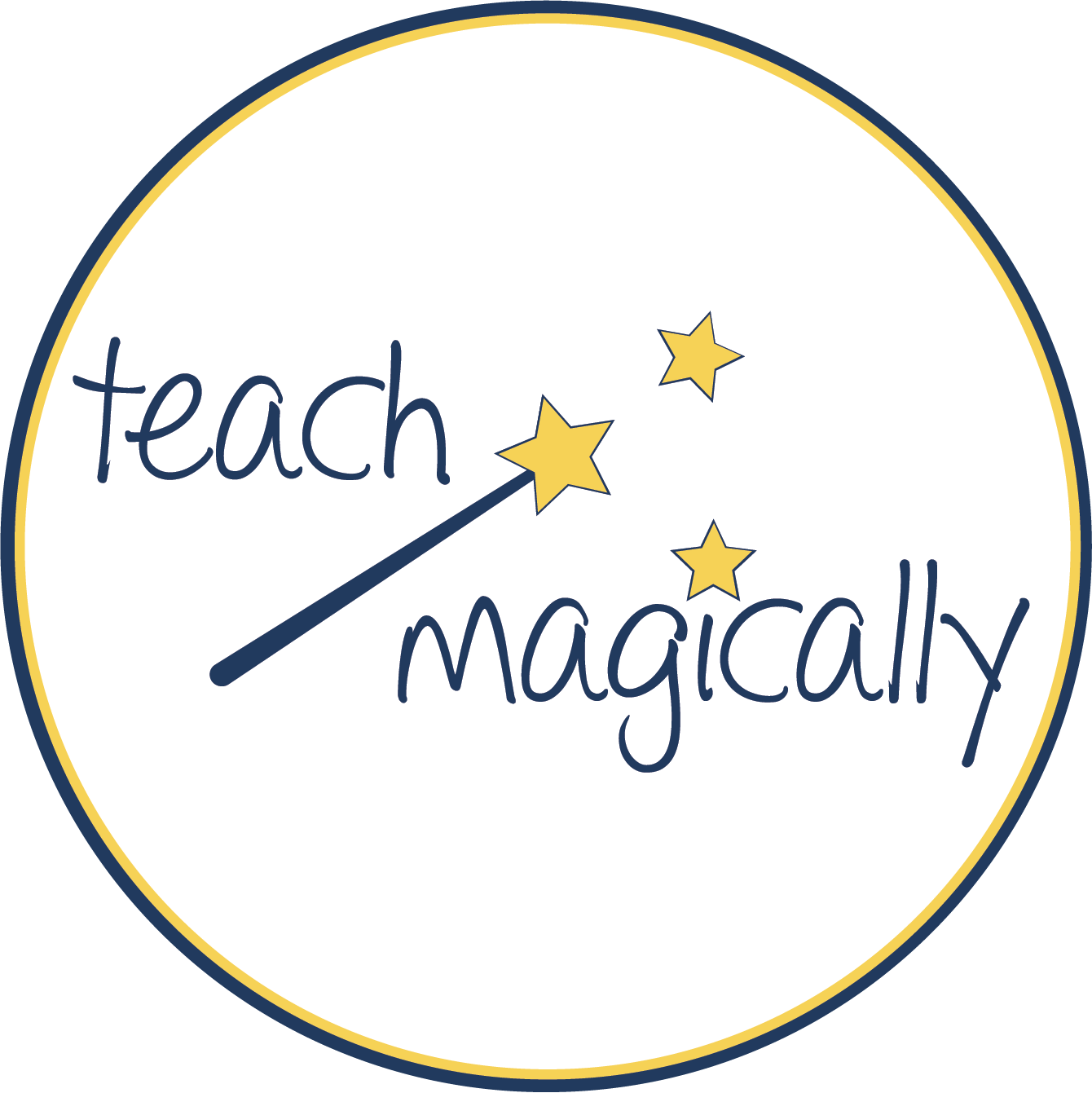Many times as teachers, we feel that students have difficulties “listening” and we spend so much time telling them to listen! They may need to be taught how to do this important skill! There are amazing ways to help with listening skills.
Children need to develop strategies to effectively and efficiently remember auditory information to learn, especially in kindergarten. Active listening needs to be taught so learners become responsible for success; it is not a passive experience.
What are the amazing ways to help with listening skills?
1st-Establish “rules” for active listening skills
Here are some rules with the body motions to help visual learners.
- body still (hug body)
- voice quiet (pointer finger to lips)
- eyes looking at the speaker (point to eyes)
- ears listening to what is being said (not what you know about a topic) (cup ears)
- ignore background noise and movement (use finger like binoculars around eyes)
- don’t interrupt speaker (pointer to lips then move finger out)
- wait to ask questions (pointer finger up…like “wait a minute” signal)
Explicitly discuss and review what each rule looks like and sounds like. Practice by saying the rule and see if the students can do the motion.
Then do the motion and have the students tell the rule. Be sure to review and practice until it becomes habit!
2nd-Practice active listening skills
- Tell a story and have the students tell it back making sure not to tell any extra information, only the information they heard from you.
Dog story- I have a special dog. It is a little, tiny dog. My little dog is all white with a black spot on its eye. It loves to dig in the dirt and run around the house. I give it food and water each day. I walk my dog on a long leash.
- Play Repeat Simon Says.
Play just like “Simon Say” but make the student repeat what you said before doing it. Increase number of directions from 1, then 2, then three, as auditory memory gets better.
3rd-Practice patience
- Be sure to provide times for students to focus on what they need to do to listen.
Students need to stand and wait some times; henceforth, they need time to practice! Check out how we Calm Down. We practice this skill whenever we wait in line for a turn. It has to be practiced and discussed to help these listening skills happen.
At this instance, we are waiting to write on the board!
- Practicing active listening started with repeating the directions for the activity!
- Ss-“Start at the top. Say the letter and sound. Pass the chalk to the next person.”
- Discuss ways to wait.
- Counting to 100
- Saying the ABC’s
- Using self-talk
- (for example: I can stand still. I can wait my turn.)
Then we did the activity and put it all together!
Finally, we reflected on what we did! Students shared what they did to wait patiently and what they could work on the next time.
Undoubtedly, students will need to practice whenever you see issues in the future!
Make everyday magical,
💖Debora from Teach Magically







This is a wonderful blog! Great ways to help kiddo's listen!
We work on it daily!